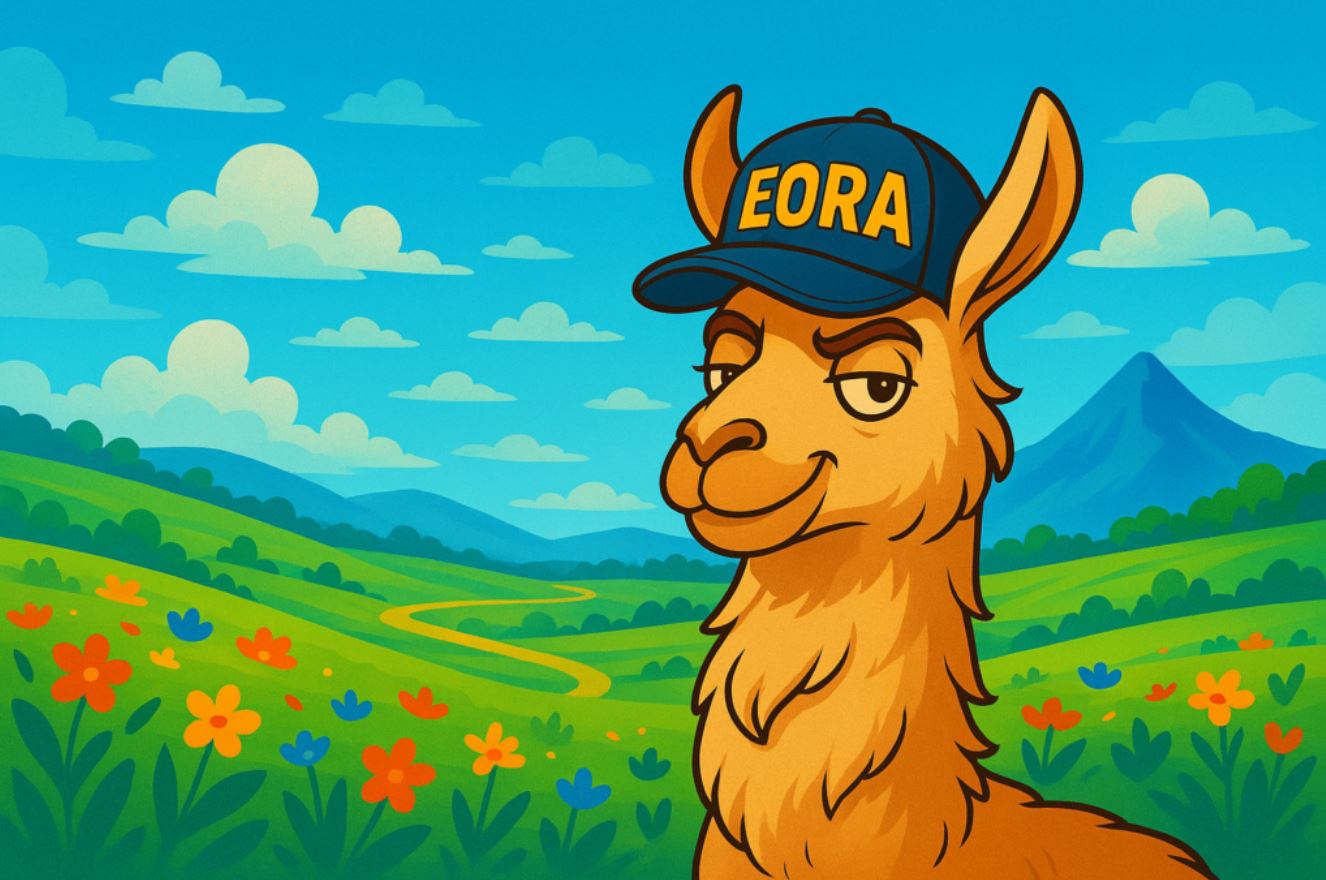 Reducing the memory footprint of large language models doesn’t have to be a headache—it’s all about smart quantisation. By converting parameters from high‑precision formats like 32‑bit floating point into leaner options such as INT8 or INT4, you can dramatically cut down on resource demands. For example, a 4‑bit quantised model uses just 0.5 bytes per parameter compared to a hefty 4 bytes in FP32.
Reducing the memory footprint of large language models doesn’t have to be a headache—it’s all about smart quantisation. By converting parameters from high‑precision formats like 32‑bit floating point into leaner options such as INT8 or INT4, you can dramatically cut down on resource demands. For example, a 4‑bit quantised model uses just 0.5 bytes per parameter compared to a hefty 4 bytes in FP32.
You may have seen techniques like GPTQ and AWQ shrink models such as Llama 3 from 140GB down to roughly 40GB using 4‑bit quantisation. However, even with such improvements, many models still end up exceeding the VRAM available on today’s consumer‑grade GPUs (typically 24GB to 32GB). That’s why exploring 2‑bit precision is so attractive, even though making it work reliably can be challenging.
This is where EoRA steps in. Instead of needing extra training, EoRA compensates for quantisation‐induced errors by projecting them into the space defined by the input activation’s covariance. In doing so, it nearly matches the accuracy of full‑precision models while reducing overall size by up to 5.5 times. If you’ve ever struggled with balancing accuracy against hardware limitations, this method might just hit the sweet spot.
Trials with large models like Qwen3‑32B and Qwen2.5‑72B—quantised to 2‑bit using Intel’s AutoRound—demonstrate how traditional post‑training quantisation sometimes leads to noticeable performance drops, particularly on benchmarks like IFEval, which tests instruction adherence. With EoRA applied via the GPTQModel library, careful calibration using real‐world data, and fine‑tuning of LoRA rank parameters, these performance gaps shrink considerably.
Old-school approaches to quantisation typically involve minimising discrepancies between original and compressed weights in a layer‑by‑layer fashion. You might also have seen methods like QLoRA or HQQ+ improving performance by fine‑tuning adapters on frozen, quantised models. In contrast, EoRA reframes the problem by correcting compression errors directly, all without the need for extra training phases.
Tests conducted on an NVIDIA A100 GPU reveal that generating an EoRA adapter for models like Qwen3‑32B can take around 4 hours, while delivering accuracy gains of nearly 7.5 percentage points for models such as Qwen3‑14B and Qwen3‑32B. Although larger LoRA ranks can push memory usage higher, the added footprint—typically a modest 257MB to 514MB—remains a reasonable trade‑off for the striking performance boost.
For anyone grappling with model quantisation and the need to squeeze performance out of limited hardware, EoRA provides a practical, no‐training-needed solution. It sets up a solid foundation that you can build on, especially if you plan to integrate further fine‑tuning with methods like QLoRA.








